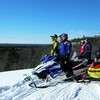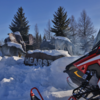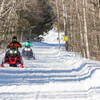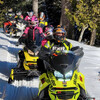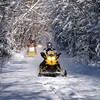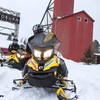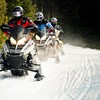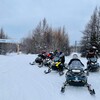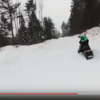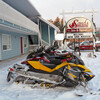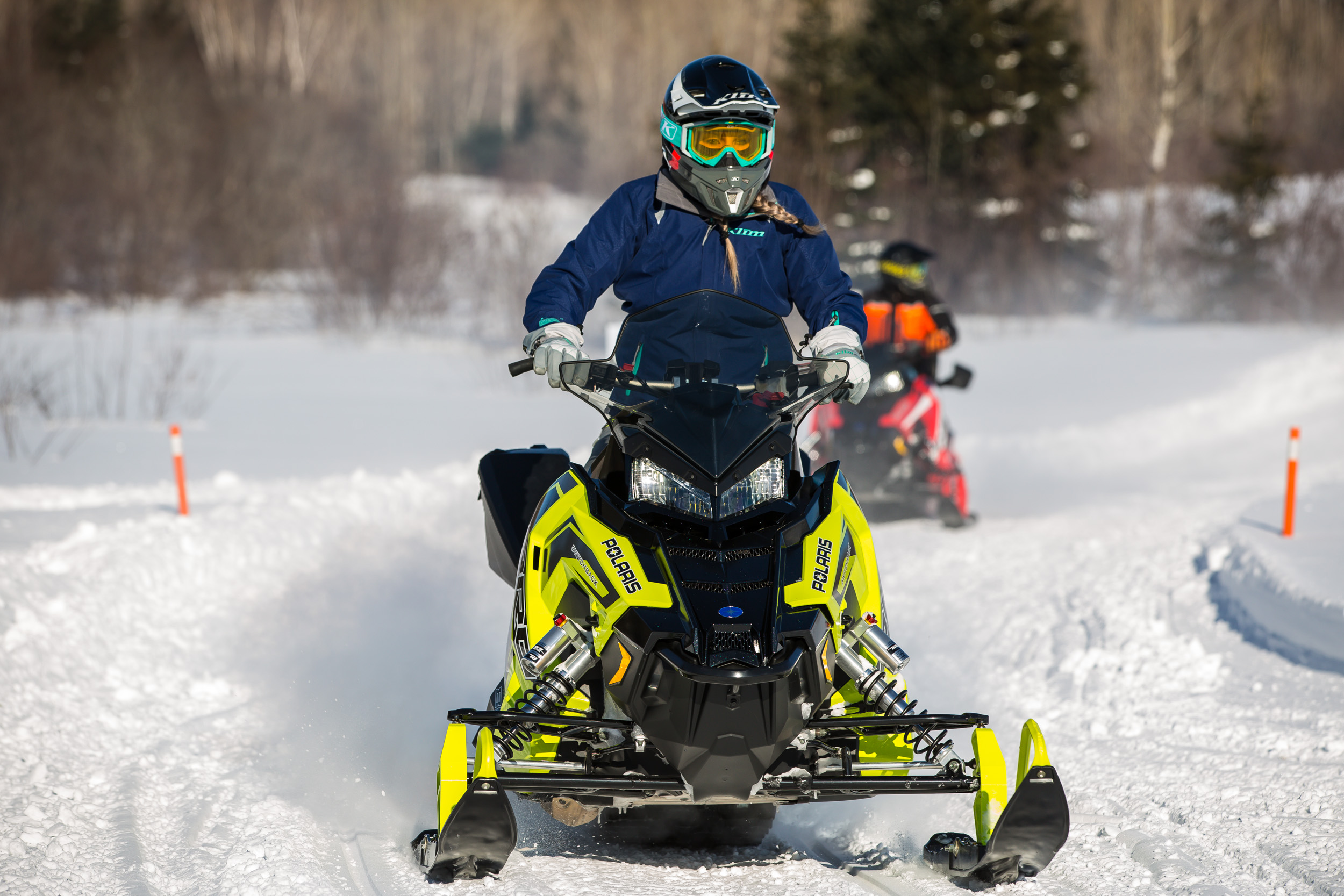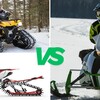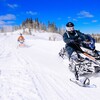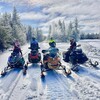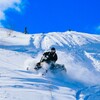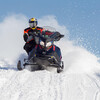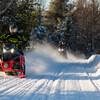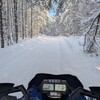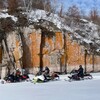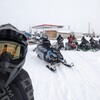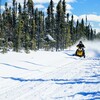
Are Your Snowmobile Trails in Jeopardy?
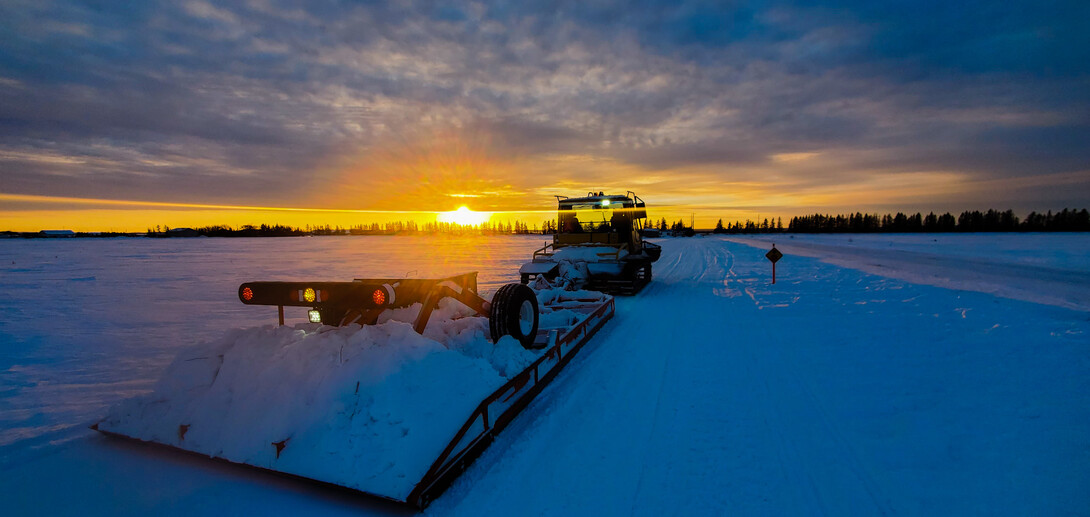
Let me get your buy-in on this. First and foremost I’ll put it out there: I love to ride deep untouched snow, climb big gnarly hills, and smash soft snowy pillows in the woods. It’s no doubt an amazing feeling—pushing yourself and your sled to the limits.
But I’m also a long-time club volunteer, trail rider, and advocate of snowmobile product development. I want our trail system to be around for a long time to come, so the next generation of recreational riders can enjoy it. But that may not happen.
It should come as no surprise that we’ve got a serious culture problem when it comes to the attitudes of those venturing off our OFSC Prescribed Trail System.
By culture, I mean the lack of respect, knowledge, and responsibility from a small number of riders. Their choices and action ultimately impact our favourite winter activity and the trails.
So I’ll ask: Will you help #SaveOurTrails? Here are 3 reasons it's so important.
1. Land Use & Trespassing: We rely on landowners to keep our trail system connected
Across Ontario, our OFSC trails (visible here on our Interactive Trail Guide) spread from east to west and north to south. To make this extensive 30,000 km of trail system happen—one that connects communities, services and thus makes multi-day trips possible—a significant portion of the trails must cross private property. Without the gracious approval of both private and corporate landowners our trails would be severely fragmented.
This is why it’s important to stay on the trails. How would you like it if someone tore up your backyard? Decided to jump your fence and go for a swim in your pool? Or host a late-night BBQ on your deck? Sounds ludicrous, doesn’t it? I know. But it’s all the same when you venture off the OFSC trail to have just a little fun. The end result is we lose the trail. We lose the trail connection. And yes, now our local rural businesses lose out too!
2. Volunteers & Communities: Communities, jobs, and local businesses rely on responsible snowmobilers

Our trails form one of the largest connected trail networks in the world but they didn’t just appear out of nowhere. They’ve been built and maintained by local volunteers and community leaders over many decades. We’re talking about millions of hours and expertise to make snowmobile trails happen. These volunteers and community leaders utilize their personal connections to secure land use, to connect communities, and make our rides happen. Snowmobiling in Ontario creates an economic impact of up to $3.3 billion in any given season and contributes to the full-time employment of more than 6,000 people. This activity puts a roof over people’s heads and food on their tables. I’ll ask that next time you think about venturing off trail to think twice—as you’re effectively slapping landowners, volunteers, and fellow riders right in the face.
3. Statistics & Hazards: Riding OFSC trails is the safest option for all riders
The stats demonstrate that riding on an OFSC trail is the safest place to ride a snowmobile. A vast majority of serious accidents happen off OFSC Prescribed Trails including on lakes and public roads. Many involve a collision with stationary objects such as trees and rocks. With that in mind, venturing off-trail presents unknown hazards—there is no way to know what’s beneath the snow, and this can result in damage to your snowmobile and, even worse, your body. Recently the OPP produced a short video showing an example of a hazard on private property. Even though it has been well marked, if the snow depth was different or if you had visibility challenges you could find yourself in a bad situation. So please don’t become a statistic this winter.
I hope this helps you understand three of the key reasons why you need to stay on the trail. Will you help #SaveOurTrails? Or are you part of the problem? Let’s all create a change in culture by frowning on poor decisions that place our trails in jeopardy. Take the pledge to stay on the trail and enjoy your ride this winter.
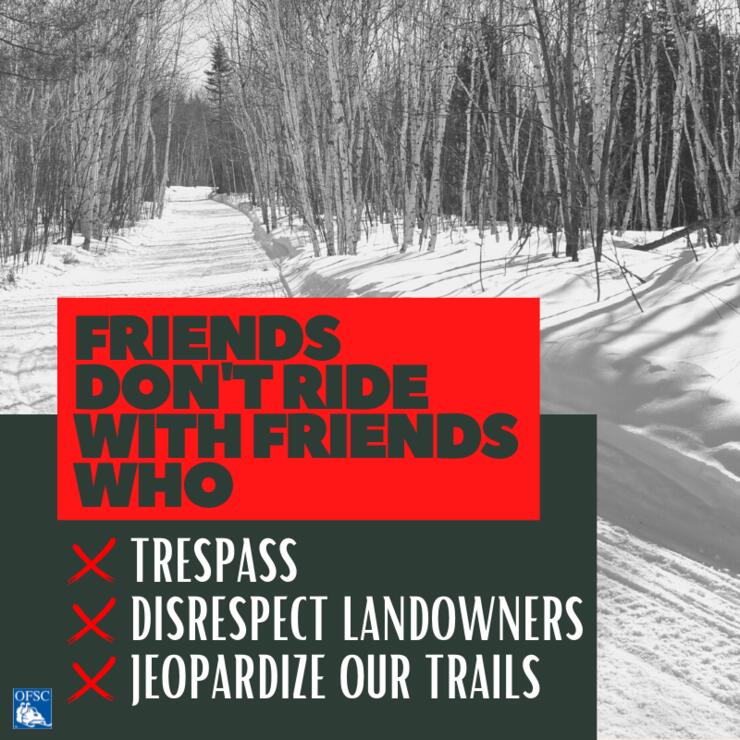
Ontario is massive and we’re lucky to have a tremendous amount of Crown land that can be explored. So on that note feel free to check out the Crown Land Atlas and always KNOW BEFORE YOU GO! The responsibility lies with you to know where it's legal to ride our backcountry.
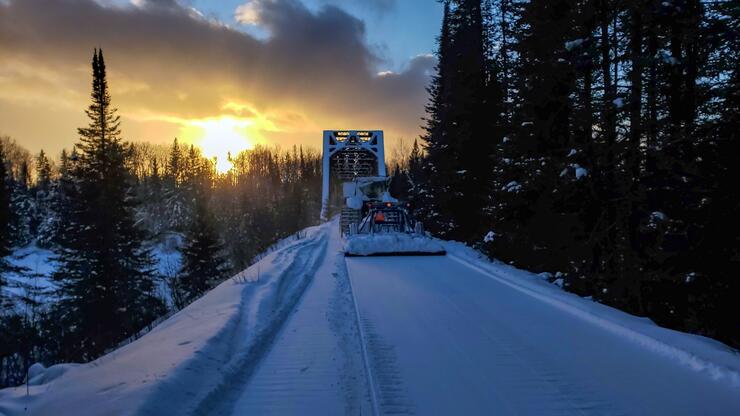
Recommended Articles

The Complete List of Snowmobile Events in Ontario 2025-2026
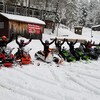
The Best Snowmobile-Friendly Lodges
Snowmobiling Winter Weather Forecast 2025-2026
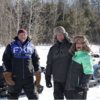
I Rode the Explorers Snow Tour in Ontario and Here’s What It Was Like

Why Ontario is One of the Best Snowmobile Destinations in the World
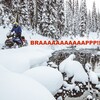
11 TikToks That Prove Ontario is the Best Place To Go Snowmobiling

5 Weekend Snowmobile Getaways Near the GTA
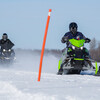
31 Ways To Get In The Know About Snowmobile Trail Riding in Ontario

A Beginner's Guide to Snowmobile Lingo


